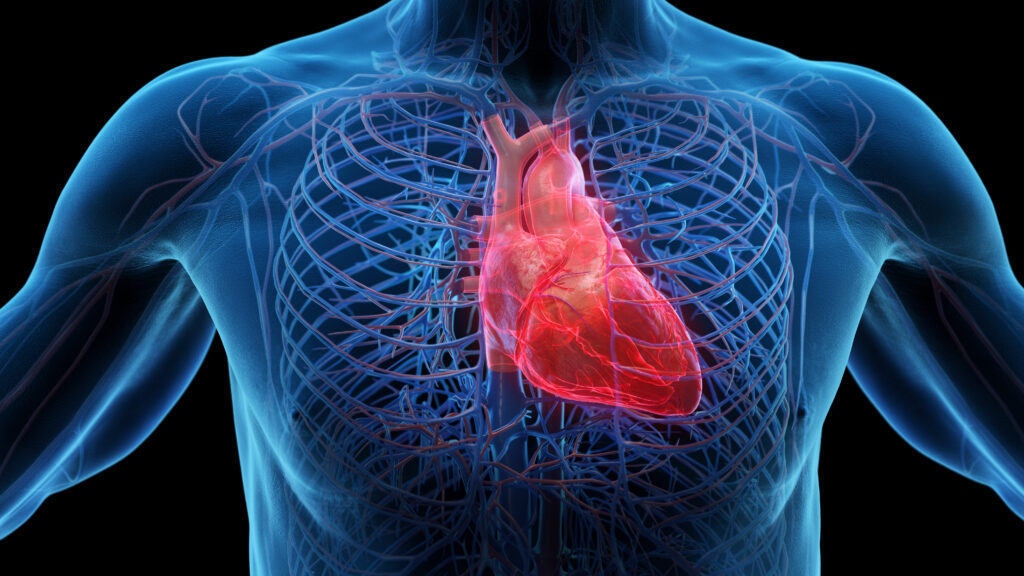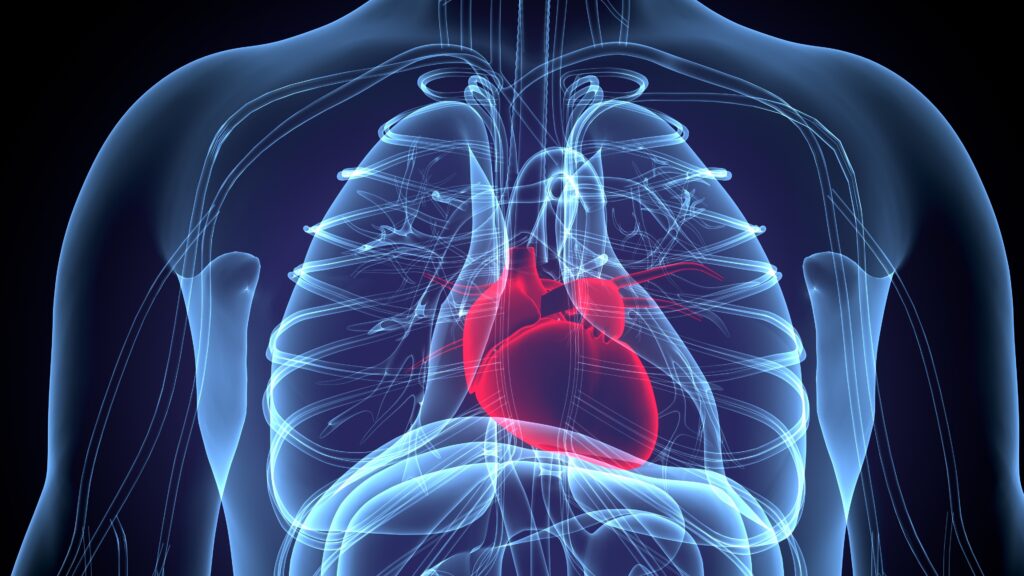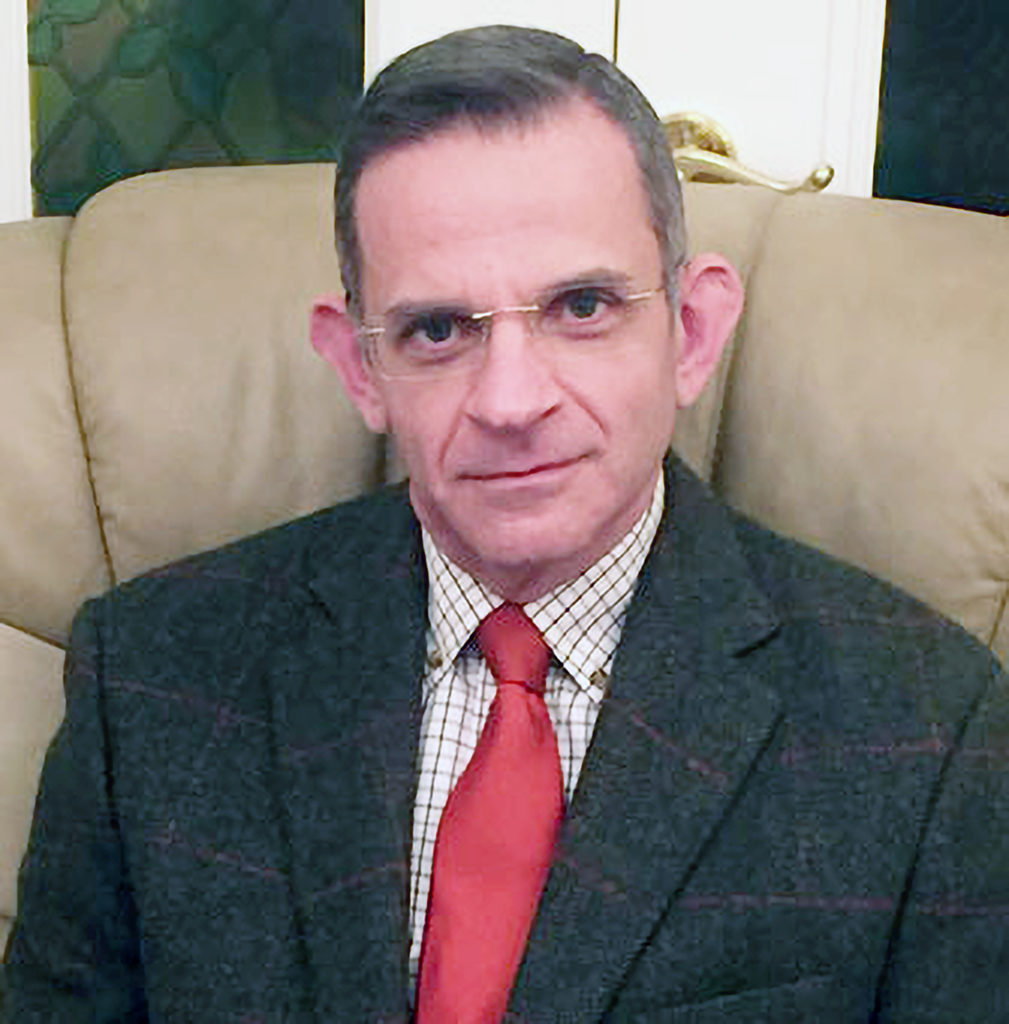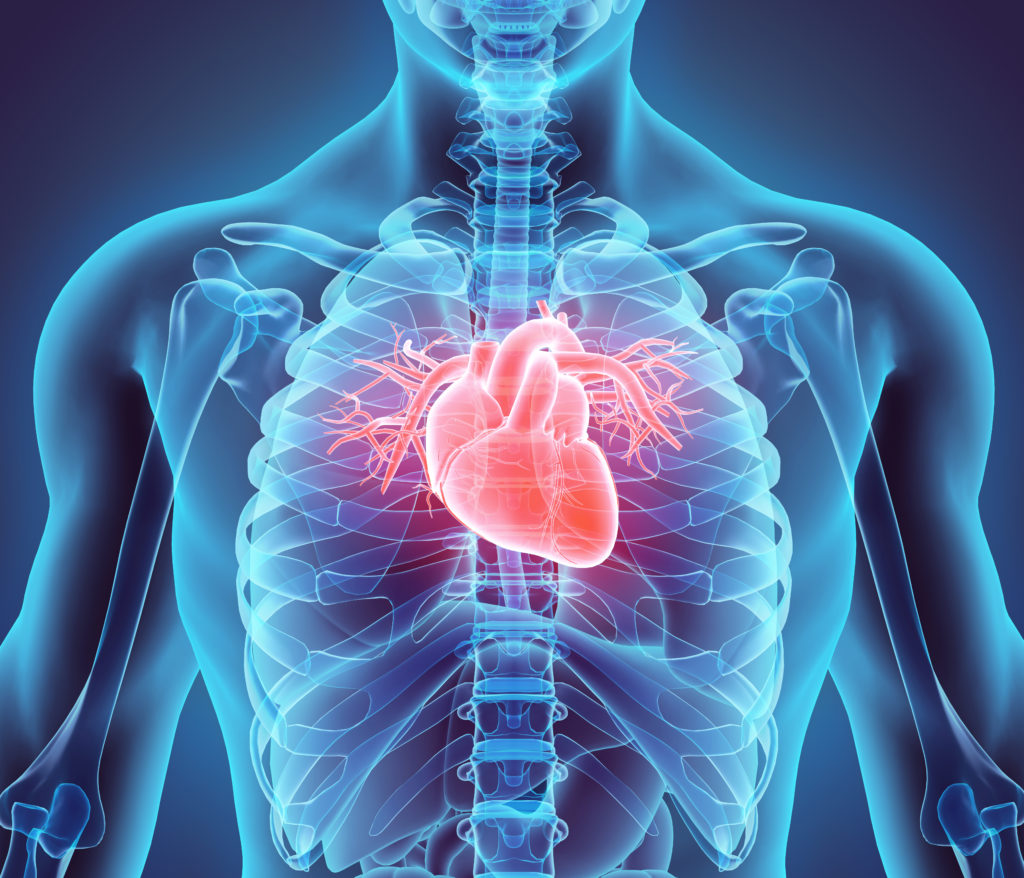Background: Royal Papworth Hospital is a tertiary center which manages over 7,000 pacemaker (PPM), implantable defibrillator (ICD) and biventricular (CRT-P and CRT-D) patients each year. Patients are normally seen in face-to-face (F2F) clinics, including outreach and home visits, at least once per year with more complex devices also having remote follow-up (RFU). This typically results in a combined total of over 10,000 appointments (appt) per year. During the COVID-19 pandemic, starting in March 2020, the device service was rapidly re-structured to allow safe follow-up of patients with minimal F2F appts, as many were shielding (average age of 75 years). A process was developed by the physiology team to triage patients into low, medium and high risk groups, selecting only the highest risk patients to attend F2F appts for detailed assessment or programming changes. In parallel with this we embarked on a program of enrolling selected patients into RFU by posting RFU boxes and offering telephone virtual appts. Patients not suitable for RFU had appts deferred when appropriate. There was also a specialist group of physiologists and cardiologists assessing any possible early box changes.
Objective: To assess the impact of changes imposed by COVID-19 restrictions on cardiac devices follow-up and how re-structuring the service with careful triaging enables to quickly adapt to these new conditions with greater use of RFU.
Methods: We retrospectively reviewed patient records for the year before (March 2019-March 2020) and for the year after COVID-19 (March 2020-March 2021) to look at the number of appts for each patient, the type of appt and the outcomes in terms of patient management.
Results: In the year pre COVID-19 we followed up 7,339 patients (1446 via RFU – 19.7%) and post 7158 patients (4061 via RFU – 56.7%) – p<0.001 using analysis of proportions. The percentage of patients on RFU with each type of device increased significantly (PPM 0.6% to 38%, CRTP 28% to 84%, ICD 62% to 86%, CRTD-57% to 84%, all p<0.001). 93% of patients contacted accepted remote follow-up. 3% of the patients contacted were deemed unsuitable (factors such as dementia making them unable to set-up RFU) and 4% of patients refused RFU. Failure to attend rates fell from 9.6 to 8% under the new scheme. The major limiting factor in further expanding RFU services is the lack of RFU compatibility on older devices and availability of RFU equipment from companies. Rota allocations showed that around 320 man/hours per month were used on clinical follow-up prior to COVID-19 and around 360 man/hours per month post. The majority of the increase was due to the time to triage patients and also the longer time taken to contact patients via phone for RFU sessions. RFU did however allow some staff to work from home and weekend RFU cover was also introduced to respond to service demands. The number of each type of appointment with the various lockdowns is shown in the graph below. There were no apparent increases in emergency admissions for pacing issues or emergency box changes pre and post suggesting that the scheme is safe.
Conclusions: With careful use of a systematic triaging system and increased reliance on RFU virtual clinics it is possible to maintain a safe and effective device follow-up service whilst also limiting unnecessary visits to hospital by the patients in an effort to reduce COVID-19 transmission.















